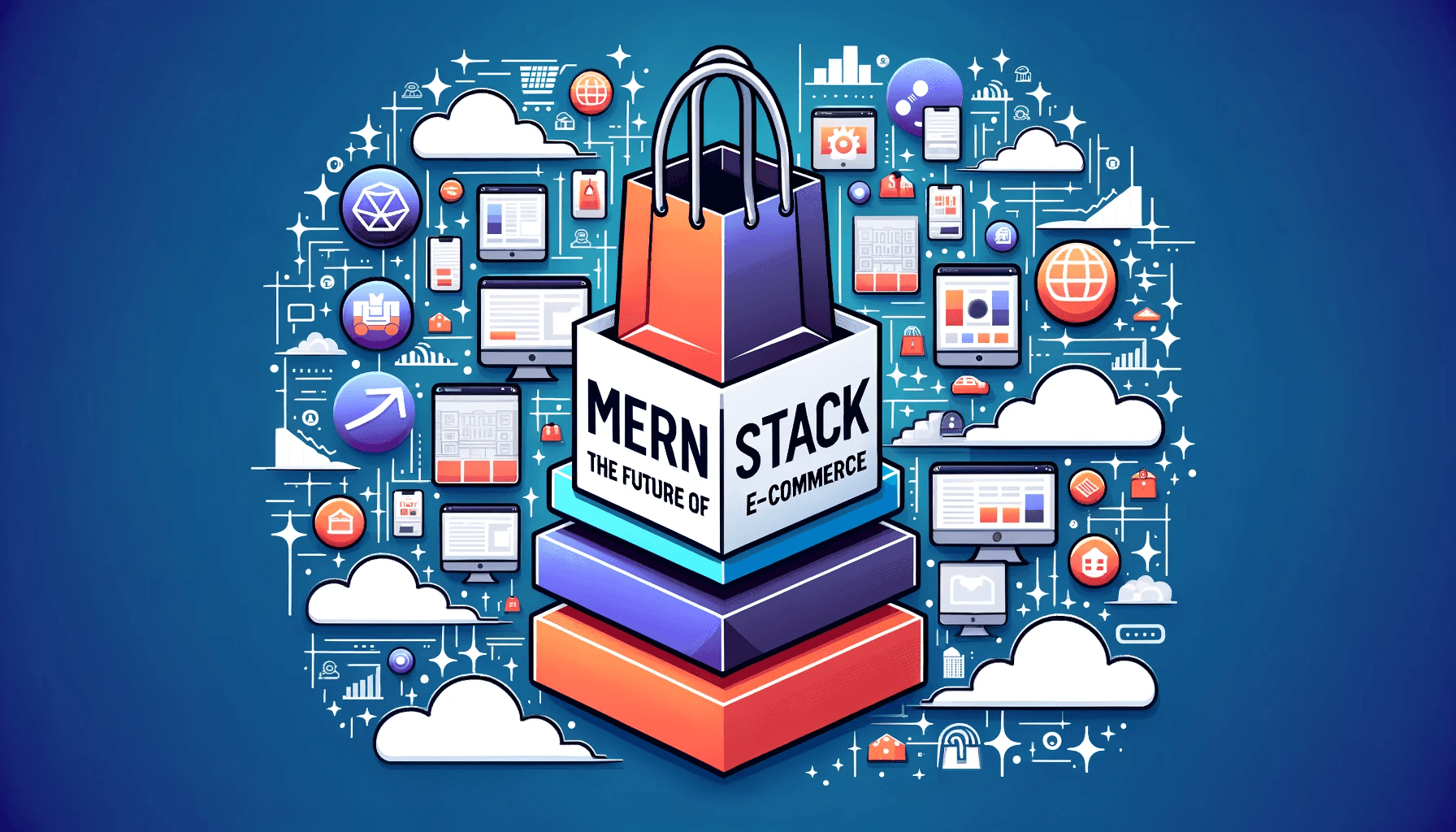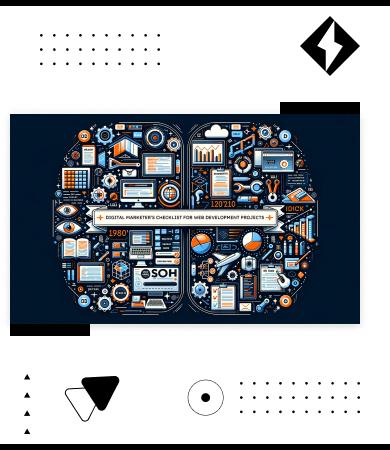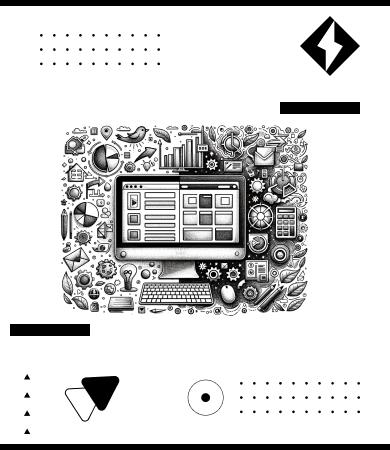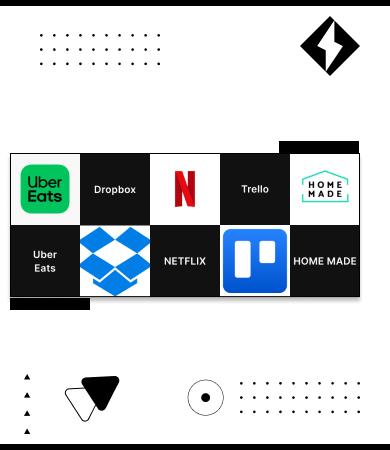Support center +91 97257 89197
E-commerce DevelopmentOctober 24, 2023
How-to: Building a User-Friendly E-Commerce Site with MERN

Introduction:
Navigating the digital commerce landscape demands an understanding of the crucial technological choices at play. Amid the myriad of tech stacks available, the MERN stack (comprising MongoDB, Express.js, React, and Node.js) has consistently emerged as a favorite for e-commerce entrepreneurs. As a web development veteran with over 6+ years under my belt, I've witnessed the transformative capacity of MERN in the e-commerce realm. Let’s embark on an in-depth exploration into leveraging the MERN stack for creating a high-performance e-commerce platform.
1. Why Choose MERN for E-Commerce:
The decision goes beyond code—it's about future-proofing your platform.
Scalability: MongoDB, with its NoSQL nature, provides unparalleled scalability. As your product catalog swells, MongoDB ensures your platform remains agile and responsive.
- Performance: The synergy of JavaScript across the stack not only accelerates development but ensures cohesive performance.
- Flexibility: The modular architecture of MERN allows for swift and seamless integration of new features.
- Community and Libraries: An ever-growing collection of libraries and an engaged developer community means that assistance is always within reach.
2. Setting the Foundation:
The success of any e-commerce platform is rooted in its foundational setup.
- Installing Node.js & MongoDB: These two powerhouses form the backbone of your backend. Ensure they are installed and fine-tuned for peak performance.
- Initializing with Express.js: Jumpstart your backend journey with Express.js, renowned for its efficiency and lightweight nature.
- Setting up React: React will be the driving force behind your platform's interactive and fluid frontend, ensuring every user interaction is memorable.
3. Building the Product Catalog:
A meticulously crafted catalog forms the core of any e-commerce venture.
- MongoDB Schema Design: Draft a comprehensive schema that encapsulates every facet of your product—right from its price to intricate details like color variants.
- CRUD Operations: Establishing smooth mechanisms for adding, editing, viewing, and deleting products is imperative.
- Product Images: Develop a robust strategy for storing and swiftly retrieving high-resolution product images, ensuring rapid load times.
4. User Registration and Authentication:
The user's journey begins with a seamless and secure onboarding experience.
- User Schema in MongoDB: Diving deeper than just emails and passwords, consider fields like purchase history, saved products, and user preferences.
- Password Security: Incorporate bcrypt to ensure every password is hashed to perfection, complemented by JWT's token-based authentication.
- React Components for Login/Signup: Ensure that the user experience is intuitive. Clarity in error and success messages can dramatically uplift user confidence.
5. Designing the Shopping Cart:
A shopping cart is where user preferences transform into business revenue.
- Cart Schema: A product is more than its name. Incorporate attributes like quantity, product variations, and applicable discounts or loyalty points.
- Adding and Removing Products: The user should experience seamless interactions when adding or removing products.
- Session Management: Retain user cart data, using tools like Redis, ensuring that intermittent user sessions don't lead to lost sales opportunities.

6. Payment Integration:
The final lap in the user's purchase journey must be smooth, intuitive, and most importantly, secure.
- Choosing a Payment Gateway: While my personal experiences favor Stripe and PayPal, gauge the popular choices among your target demographics.
- Backend Payment Logic: Secure and robust transactional processes are crucial in cementing user trust.
- React Components for Checkout: Simplify and secure the checkout process, ensuring users feel confident in their purchase decisions.

7. UX/UI Considerations:
Crafting an immersive user journey goes beyond mere aesthetics.
- Responsive Design: In today's digital age, adaptability across devices is key.
- Navigational Elements: Facilitate user journeys with quick filters, smart search functionalities, and categorically organized menus.
- Feedback Mechanisms: Real-time interactions, be it a notification of a product addition or an error message, amplify user engagement.

8. Implementing Product Reviews and Ratings:
Harness the power of community feedback to instill trust and drive sales.
- Review Schema in MongoDB: Incorporate fields for text reviews, star ratings, and even user-uploaded images.
- Displaying Reviews: Strategically showcase these reviews to influence potential buyers.
- React Components for Review Submission: Encourage and simplify the review process, fostering a sense of community around your products.
9. Optimizing for Performance:
Speed and responsiveness are not mere luxuries; they're necessities.
- Code Splitting with React: Leverage tools like React.lazy for faster, optimized load times.
- Database Optimization: Ensure that your database, especially frequently queried sections, is indexed and optimized.
- Server-Side Rendering: Consider Next.js to provide that extra edge in terms of SEO and initial page load speed.
10. Security Considerations:
In the world of digital transactions, security isn't just a feature—it's a promise.
- Data Validation: Every piece of user data should be rigorously sanitized.
- HTTPS: Encrypted connections are a must in safeguarding user data.
- Regular Backups: In the digital realm, backups are your safety nets against unforeseen data calamities.
MERN stands tall as a testament to what a cohesive tech stack can achieve. Its combined prowess offers a holistic solution for those looking to dominate the e-commerce landscape.
Ready to architect your e-commerce vision with the MERN stack or pondering a shift? Join hands with expertise. For a deeper dive into the intricacies of the MERN stack, immerse yourself in our previous analysis here
TLDR
The blog discusses creating a user-friendly e-commerce site using the MERN stack (MongoDB, Express.js, React, and Node.js). It highlights:
- Why MERN? Benefits like scalability, performance, flexibility, and a supportive developer community.
- Foundation: Steps to set up MongoDB, Node.js, Express.js, and React.
- Features & Security: Crafting a detailed product catalog, user registration, shopping cart, payment integrations, user reviews, and essential security measures.
- Optimization: Improving site performance through code splitting, database optimization, and server-side rendering.
- UI/UX: Emphasizing a responsive design, clear navigation, and instant user feedback.
- Conclusion: The MERN stack is a robust solution for e-commerce platforms, offering a seamless user experience and efficient back-end operations.
FAQs
The MERN stack, consisting of MongoDB, Express.js, React, and Node.js, offers numerous advantages for e-commerce development. These include scalability provided by MongoDB's document-oriented database, performance improvements by using JavaScript across the stack, flexibility due to its modular architecture, and a rich ecosystem of community support and libraries.
MongoDB can effectively manage growing product catalogs with its document-oriented database design. Product schemas are crafted with relevant fields to represent each product's attributes. For product images, they can either be stored directly in MongoDB as binary data or as links pointing to an external storage system, ensuring efficient storage and retrieval.
Ensuring user data security is paramount. A MERN e-commerce site should employ password hashing techniques to protect user passwords. Additionally, JSON Web Tokens (JWT) can be utilized for secure authentication, ensuring that user sessions are both secure and efficient.
The shopping cart's design should focus on easy management of items and quantities. Integrating session management ensures that cart data is retained across user sessions, allowing shoppers to pick up where they left off. User-friendly interactions for adding and removing products enhance the overall shopping experience.
A user-centric design is crucial. The e-commerce site should feature a responsive design to cater to mobile users. Implementing intuitive navigational elements like filters, search bars, and category menus aids in product discovery. Feedback mechanisms, such as loading spinners and success/error messages, keep users informed and engaged.
Work with us







